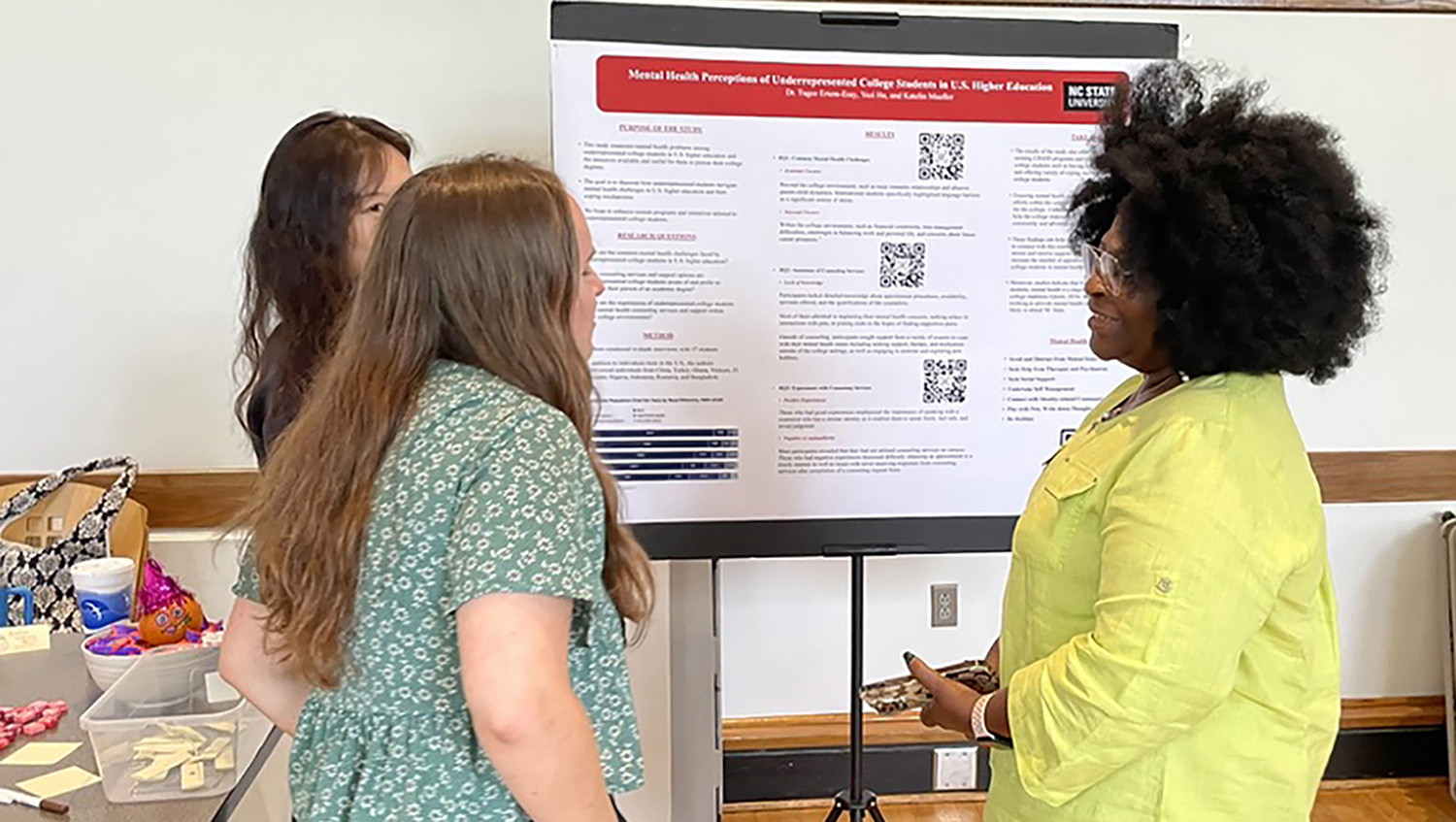Computer Training Program for Seniors Can Reduce Hazardous Driving

A recent proof-of-concept study finds that a low-cost training program can reduce hazardous driving in older adults. Researchers hope the finding will lead to the training becoming more widely available.
“On-road training and simulator training programs have been successful at reducing car accidents involving older drivers – with benefits lasting for years after the training,” says Jing Yuan, first author of the study and a Ph.D. student at North Carolina State University. “However, many older adults are unlikely to have access to these training programs or technologies.”
“We developed a training program, called Drive Aware, that would be accessible to anyone who has a computer,” says Jing Feng, corresponding author of the study and a professor of psychology at NC State. “Specifically, Drive Aware is a cognitive training program for older adults to help them accurately detect road hazards. The goal of our recent study was to determine the extent to which Drive Aware influences driving behaviors when trainees actually get behind the wheel.”
To test Drive Aware, the researchers enlisted 27 adults, ages 65 and older. All of the study participants took a baseline driving test in a driving simulator. Nine of the study participants were then placed in the “active training” group. The active training group received two interactive Drive Aware training sessions, about a week apart. Nine other study participants were placed in a “passive training” group. This group watched video of other people receiving the Drive Aware training sessions. This took place twice, with sessions about a week apart. The remaining nine study participants served as the control group and received no training. All 27 study participants then took a second driving test in the driving simulator.
The researchers found that study participants who were part of the active training group had 25% fewer “unsafe incidents” after the training. Unsafe incidents included accidents with other vehicles, pedestrians, running off the road, etc. There was no statistically significant change in the number of unsafe incidents for study participants in the passive training group or the control group.
“In short, we found that older adults were less likely to have an accident in the driving simulator after receiving the Drive Aware training,” Yuan says.
“This testing was done with a fairly modest number of study participants,” Feng says. “If we can secure the funding, we’d like to scale up our testing to more clearly establish how effective this training is at reducing accidents among older drivers. If the results are as good as they look right now, we’d want to find ways to share the training program as broadly as possible. Not many people can afford one-on-one on-the-road training, or training that involves high-end driving simulators. But we think a lot of people would be able to access Drive Aware, and it has the potential to save a lot of lives.”
The paper, “Drive Aware Training: A Computerized Training Program for Older Drivers’ Detection of Road Hazards,” is published in the journal Traffic Injury Prevention. The paper was co-authored by Aaron Crowson, a Ph.D. student at NC State; and Geoffrey Richardson, an undergraduate at NC State. The work was done with support from the Governor’s Highway Safety Program at the North Carolina Department of Transportation.
-shipman-
Note to Editors: The study abstract follows.
“Drive Aware Training: A Computerized Training Program for Older Drivers’ Detection of Road Hazards”
Authors: Jing Yuan, Aaron Crowson, Geoffrey Richardson and Jing Feng, North Carolina State University
Published: June 14, Traffic Injury Prevention
DOI: 10.1080/15389588.2021.1929944
Abstract:
Objective: Cognitive training for reducing crash rate can be delivered to older drivers via in-person on-road sessions, a driving simulator, or using computer-based cognitive methods. Despite established effectiveness, in-person on-road assessment and rehabilitation are expensive, and limited professional service may not be readily accessible; simulator-based training may not fit every driver due to simulator sickness. In comparison, computerized training is easier to implement and could be delivered with little cost to older drivers with computer access. Based on the Drive Aware Task, a validated measure of attentional processes in hazard detection, we developed a computerized cognitive training method with a focus on hazard detection. In this study, we examined the effectiveness of this newly-developed interactive training program in improving older drivers’ detection of road hazards.
Methods: Using a matched-pair design, nine triads of three older drivers (aged 65 or above) with matched pre-test performance and gender were formed. For each triad, each participant was randomly allocated to one of the three groups: 1) active training group to receive the two training sessions (1.5-2.5h per session); 2) passive training group to receive two video-watching sessions (i.e., watch the video of training session performance from the corresponding paired participant); 3) no-contact control group. Older drivers’ performances on hazard detection and simulated driving were measured before and after training.
Results: The active training group showed significant training effects on the computerized hazard detection task and simulated driving performance, while there were only marginal effects in the passive training group and no effects in the no-contact control group. A post-training survey suggested older drivers were receptive to the Drive Aware training program.
Conclusions: The computerized Drive Aware training program has the potential to be used as a prevention and intervention tool to improve older drivers’ hazard detection performance. Future studies should examine the effectiveness of this tool in more diverse samples and in long-term outcomes.
This post was originally published in NC State News.
- Categories:


